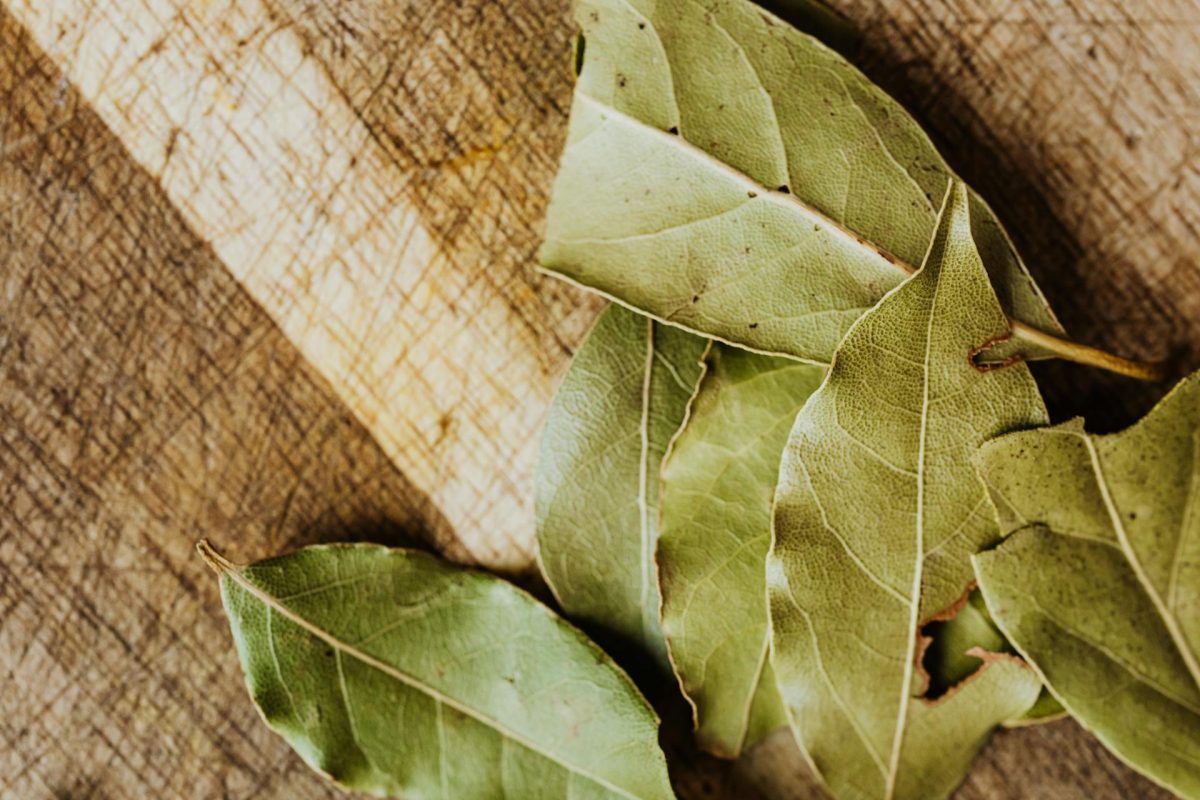YETRAC
Growing Bay Leaf at the Allotment: A Detailed Guide
Growing Bay Leaf at the Allotment: A Detailed Guide
Bay leaf, often grown as a small tree or shrub, is a versatile evergreen plant that adds a deep flavor to soups, sauces, and stews. Whether fresh or dried, bay leaves are a valuable addition to any herb garden. Here’s a guide to growing and harvesting your own bay leaf tree.
Sowing Bay Leaf
Bay leaf trees are typically purchased as young plants or small trees ready for transplanting. Select a sunny and sheltered position in well-drained soil to plant them. Since bay trees have shallow roots, be cautious when weeding around the plant to avoid disturbing the roots.
If growing in a container, choose a pot slightly larger than the root ball and ensure there is adequate drainage. This allows the bay leaf tree to thrive, especially if you are gardening in a smaller space.
Growing Bay Leaf
In the first year, your bay leaf tree will require regular watering to establish strong roots. Afterward, it generally needs less water, only requiring more during dry spells. Bay leaf trees grown in containers, however, will need more frequent watering, as the compost tends to dry out faster.
- Clipping and Pruning: Bay leaf trees can be clipped in spring to maintain a tidy shape. You may also want to fertilize the tree with a liquid fertilizer every two weeks during the summer months to encourage healthy growth.
- Cold Weather Protection: Bay leaf is of Mediterranean origin, so it is not particularly cold-tolerant. To protect your tree in winter, especially in colder climates, either wrap it in fleece or bring it indoors or into a greenhouse if it is planted in a container.
Harvesting Bay Leaf
Bay leaves can be harvested all year round. The leaves can be used either fresh or dried, depending on your preference. To dry the leaves, simply hang a sprig or place the leaves in a warm area until they are fully dried. Once dried, store them in an airtight container to preserve their flavor.
Bay leaves can also be frozen in water for long-term storage, ensuring you always have a supply on hand for cooking.
Growing Bay Leaf: A Summary
Sowing Bay Leaf
- Plant in a sunny and sheltered position
- Water regularly during the first year to establish roots
- Can be planted in containers with good drainage
Growing Bay Leaf
- Clip in spring to maintain shape
- Be careful when weeding due to shallow roots
- Protect the plant from cold weather with fleece or by moving it indoors
Harvesting Bay Leaf
- Harvest year-round
- Use the leaves fresh or dried
- Bay leaves can be frozen in water for long-term storage
A bay leaf tree is a low-maintenance and rewarding addition to any allotment or garden, providing you with flavorful leaves year-round to enhance your culinary creations.

